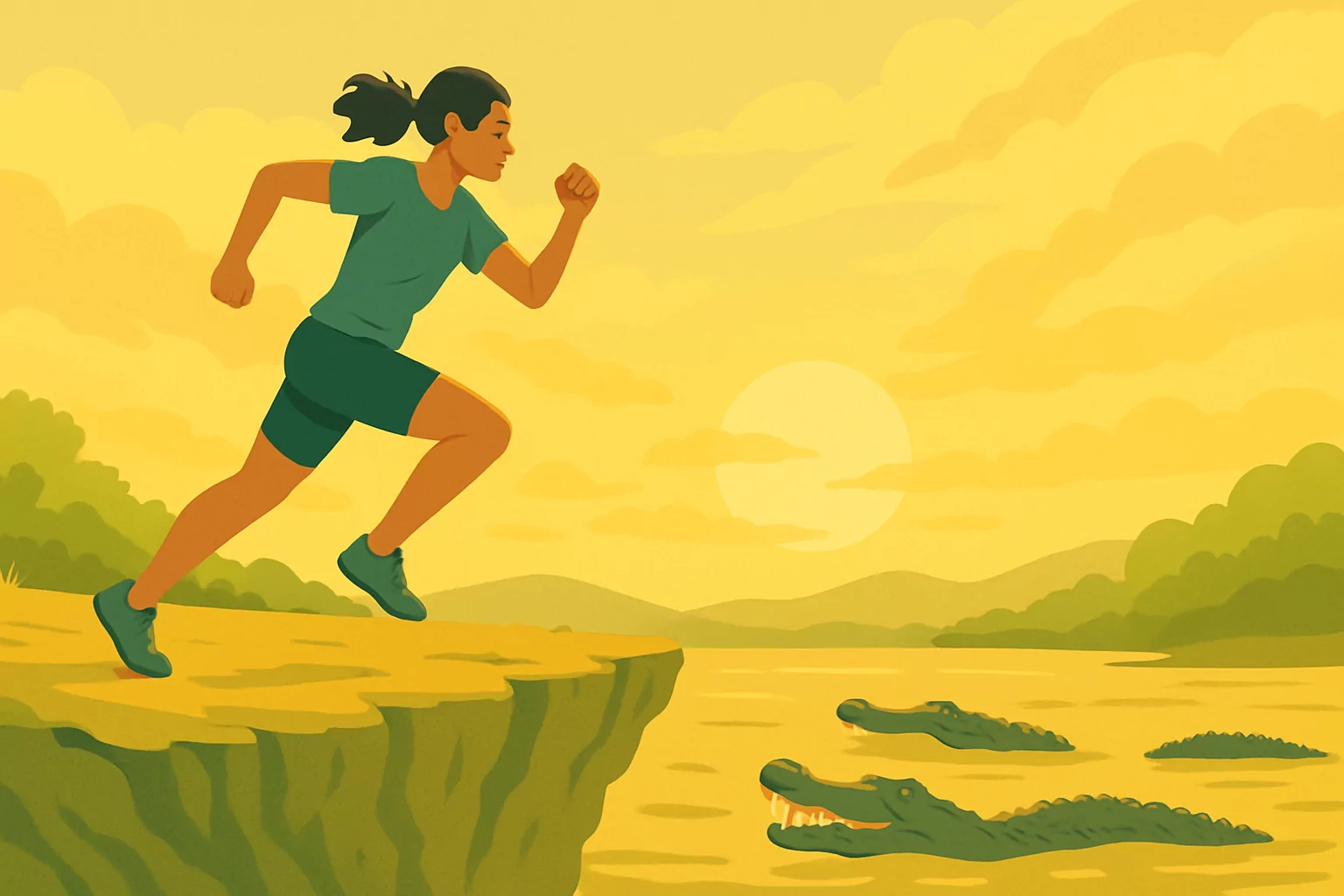
We live in a world where decisions are expected in milliseconds—yet our best choices often brew for hours, days, even years. True decision‑making mastery isn’t about always being quick or forever deliberate; it’s about knowing when to think fast, and when to think slow.
Fast Thinking — Instinct, Experience & Gut
Your “fast mind” is the mental sprinter that leaps into action the moment the starting gun fires. It’s built on pattern‑recognition, muscle memory and emotion‑laden heuristics forged by every experience you’ve ever had.
Where it shines
- Emergency response. A medic doesn’t have time for spreadsheets while restarting a heart.
- Live negotiations. Spotting a flicker of hesitation and seizing the advantage.
- Unexpected opportunities. Saying “yes” to a brilliant collaboration over coffee.
Where it can trip you up
Speed can smuggle in bias, blind spots and overconfidence. Snap calls made on a shaky pattern can lock you into the wrong path just as fast as the right one.
Slow Thinking — Reflection, Analysis & Strategy
Your “slow mind” is the marathoner: deliberate, methodical and fueled by data and dialogue. It surfaces when the stakes demand rigor and the timeline allows reflection.
Where it shines
- Hiring decisions. Weighing skills, culture fit and long‑term growth.
- Business pivots. Stress‑testing scenarios before reallocating millions.
- Long‑term investments. Letting compounding curves—and risk—play out on paper first.
Where it can trip you up
Over‑analysis can morph into paralysis. The world refuses to pause while you perfect your spreadsheet; sometimes the window closes before the model is finished.
The Real Power — Knowing Which Gear to Use
High‑impact decision‑makers flick between fast and slow like a driver shifting gears on a winding mountain road. Consider:
| Factor | Favors Fast | Favors Slow |
|---|---|---|
| Time pressure | Seconds or minutes | Days or weeks |
| Stakes | Reversible, low‑to‑medium impact | Irreversible, high impact |
| Information available | Clear patterns, high certainty | Ambiguous data, high uncertainty |
| Bias risk | Low bias or known bias | High potential for hidden bias |
Mastery lies not in the gears themselves but in the clutch—the moment you choose which one to engage.
Practical Tools for Better Decisions
- Traffic‑Light Checks.
- Red: Stop. Breathe. What am I missing?
- Yellow: Slow. Gather one more data point, seek a dissenting voice.
- Green: Go. Trust the pattern and commit.
- Decision Journaling. Capture your reasoning before the outcome clouds the memory. Review monthly to spot patterns.
- Premortem Sessions. Imagine the decision failed spectacularly a year from now. What went wrong? Design safeguards today.
- Bias Spotting. Name the cognitive shortcut (confirmation, availability, anchoring) out loud. Visibility weakens its grip.
Reversible vs. Irreversible Decisions — Bezos’ Door Test
Jeff Bezos famously separates choices by asking whether you can walk back through the door after you step inside. Two‑way doors invite experimentation; mis‑steps are cheap and recoverable. One‑way doors click shut behind you; the cost of error is high enough to justify deeper analysis.
| Door Type | Life Example | Business Example | Suggested Gear |
|---|---|---|---|
| Two‑way(reversible) | Trying a new workout program for a month | Piloting a freemium pricing tier with 5 % of users | Fast — launch, measure, adapt |
| One‑way (hard to reverse) | Moving your family to another country | Sun‑setting a profitable product line | Slow — research, stress‑test, butset a deadline |
Time‑box the slow. Even one‑way doors stay open only so long. Commit to a decision date, break the analysis into sprints, and appoint a “decision owner” who will call the ball when the timer buzzes.
Closing
Whether you’re leading a team, designing a product, or mapping your own career, remember: Fast and slow thinking are two sides of the same powerful mind. The best innovators aren’t chained to one mode—they’re fluent in both, and deliberate in the switch.
Next time a choice lands on your desk, ask yourself: Which gear serves this moment? Choose it consciously, shift with confidence, and think better—every time.
Leave a Reply